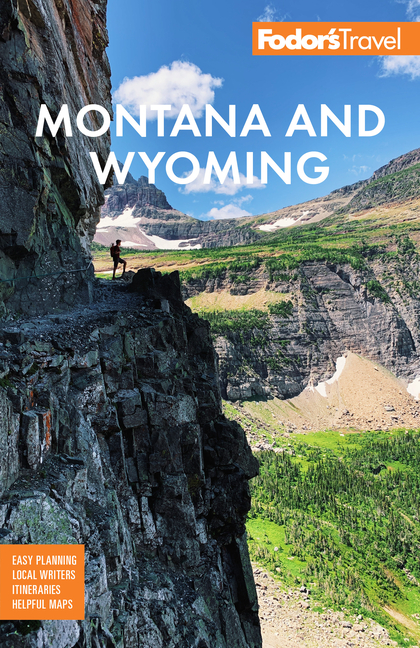Cheyenne is Wyoming’s largest city, but at roughly 65,000 people it is not a place where you’ll have to fight traffic or wait in lines—except during the last nine days in July, when the annual Cheyenne Frontier Days makes the city positively boom. Throughout the year it offers a decent variety of shopping, as well as art galleries, museums, and parks. Its small downtown is full of rambling, historic brick buildings, tall by Wyoming standards, some that have been lovingly repurposed into hip little shops. Many others seem to be permanently waiting for their second act.
Born in 1867 as the Union Pacific Railroad inched its way across the plains, Cheyenne began as a rowdy camp for railroad gangs, cowboys, prospectors heading for the Black Hills, and soldiers. It more than lived up to its nickname: “Hell on Wheels.” But unlike some renegade railroad tent cities, which disappeared as the railroad tracks pushed farther west, Cheyenne established itself as a permanent city, becoming the territorial capital in 1868. Its wild beginnings gave way in the late 19th century to respectability with the coming of the enormously wealthy cattle barons, many of them English. They sipped brandy at the Cheyenne Club and hired hard cases such as Tom Horn (1860–1903) to take care of their competitors—which in many cases meant killing rustlers—on the open range.
Cheyenne became the state capital in 1890, at a time when the rule of the cattle barons was beginning to weaken after harsh winter storms in the late 1880s and financial downturns in the national economy. But Cheyenne’s link to ranching didn’t fade, and the community launched its first Cheyenne Frontier Days in 1897, an event that continues to this day. During the late July celebration—the world’s largest outdoor rodeo extravaganza—the town is up to its neck in bucking broncs and bulls and joyful bluster. The parades, pageantry, and parties require the endurance of a cattle hand on a weeklong drive.




